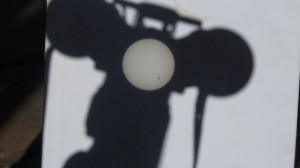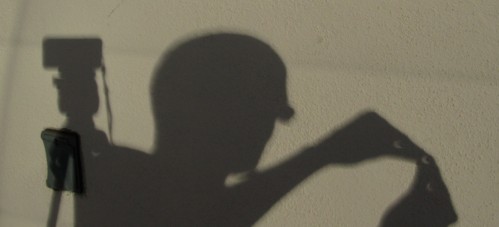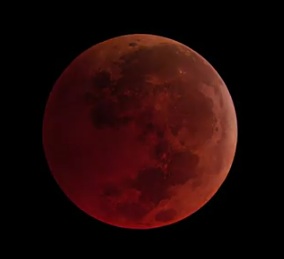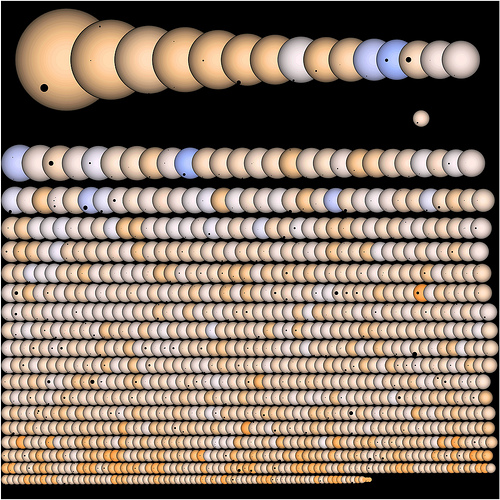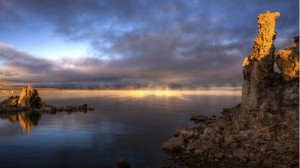It is midnight and I really should get to sleep in order to wake up and work some more on editing the final exam for my class so that it can go to the printer by noon. But I’ve got several pokes from people clamouring to find out what The Project actually is, and I promised yesterday I’d start to spill the beans. Thanks for the interest! I think I’d better get at least some of it out there or I’ll have an angry mob by morning! So here goes. I will drag out the draft I sketched yesterday and beat it into shape:
So, as you may have guessed, The Project, which I’ve been mentioning here since a post way back in February, is a writing project, but it is somewhat different from what you might expect. The bottom line is that I hope that at some point into future you will be able to purchase a copy of your own, and that you will find it instructive, exciting, and enjoyable. At least.
Yes, it is a book about science. However… Well, here’s the thing. Over many years, people (friends, colleagues, potential agents and publishers, blog readers, etc) have been asking me when I am going to write my book. You know, the popular-level book that every academic who is interested in the public understanding of their field (as you know I am from reading this blog) is expected will write at some point. To be honest, I have given it some thought over the years, and it has been something I figured I might do at some point. In fact, several different ideas have occurred to me over the years, and I may well implement some of them at some point.
But a major thought began to enter my mind well over ten years ago. In my field, there is a rather narrow range of models for the shape of such books, usually involving about 80% of it being a series of chapters covering all the standard introductory material (some relativity, some quantum mechanics, and so forth) for the lay reader, before culminating in a chapter or two of what the researcher really wants to tell them about: some aspect of their research. This is a fine model, and it is great that people continue to write such books, and I will no doubt use that model one day, but to be honest, I don’t think there is any urgency for me to add to the canon yet another one of those books. Moreover, if you line examples of that type of book up against each other, you see that the […] Click to continue reading this post →
 I’m guessing that most of you who took pictures during the venus transit on Tuesday (see my modest effort here) did not get something quite as good as the one above. Wow. It is by the JAXA/NASA Hinode craft that is in orbit.
I’m guessing that most of you who took pictures during the venus transit on Tuesday (see my modest effort here) did not get something quite as good as the one above. Wow. It is by the JAXA/NASA Hinode craft that is in orbit. 
